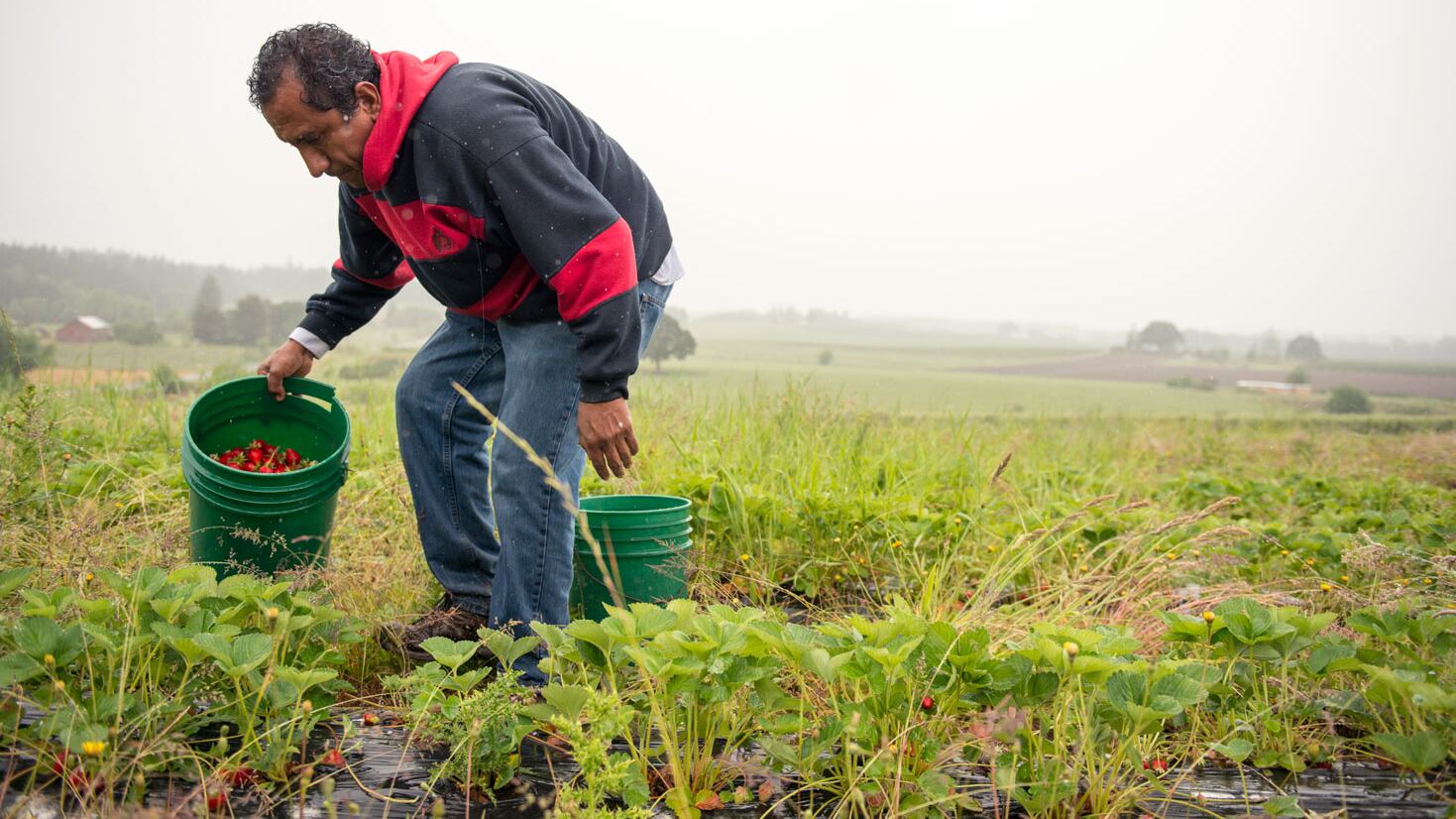On May 8, Oregon Occupational Safety and Health—the state agency better known as Oregon OSHA—gave the state's farmers three extra weeks to get rid of bunk beds.
That deadline extension might seem like a bureaucratic detail. But as two stories in national newspapers explored this week, it's a decision with wide-reaching ramifications for public health and the regional produce supply.
Oregon's farms use bunk beds to house the migrant workers who arrive each summer to pick apples, pears and strawberries. But laborers sleeping in close quarters are easily exposed to COVID-19, which is why Oregon OSHA told farms to create 6 feet of sleeping space—in other words, remove the top bunks.
Cramped housing is a big factor in why COVID-19 has spread rapidly through the state's Latinx population. While Latinxs make up 13.3 percent of the state's population, they represent 29 percent of coronavirus cases.
The New York Times concentrated on Oregon this week when trying to decipher the outsized rate of COVID-19 cases among Hispanics nationwide.
Here's what the reporters found in Oregon: "The Hispanic patients, many of them immigrants, help produce some of the country's premier pinot noir, maintain Nike's sprawling headquarters and plant berries, hazelnuts and Christmas trees in the Willamette Valley.…They live in close quarters, often multiple families to a house or with several farmworkers crowded into a barracks-style room, where social distancing and self-isolation are impossible."
In short, one of the few places where Oregon has failed to flatten the curve of COVID-19's spread is among the low-paid workers planting and picking the state's key crops.
But the solution Oregon OSHA identified—more space to sleep—horrified farmers in Oregon and Washington.
The Los Angeles Times' Richard Read—a Pulitzer Prize-winning former Oregonian reporter—succinctly identified the problem in one sentence. He writes: "The price and availability of apples in grocery stores this fall could come down to a critical question on the farm: whether migrant workers should sleep in bunk beds."
Read talked to one blueberry farmer outside Portland who will either need to find four times the typical worker housing for this year's harvest, or pay 75 percent of wages to pickers who will never arrive for work.
For now, Oregon OSHA's solution is to delay. On Friday, it moved the deadline for complying with new worker housing rules. Instead of chucking out the top bunks by May 11, farmers have until June 1.
June 1, coincidentally, is the traditional starting date of Hood strawberry season.

